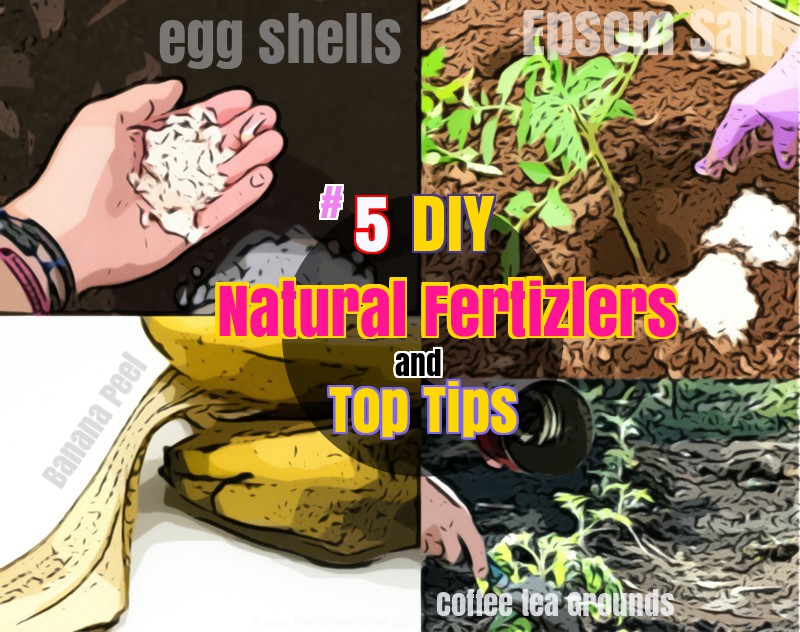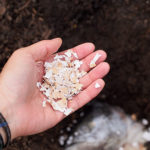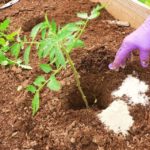This is not the first time we are discussing tomato planting, right? But, this time, we promise you something new about this field, which we haven’t referred yet! You may get to know the procedure of how to grow tomato plants from seeds or how to cultivate them or how to protect them by pruning and staking from our few previous Tomato growing articles. Nevertheless, there are still some points left which you have to be familiar with, especially if you are a gardener, who wants the finest and the earliest tomato on the block! Thus, here we are, with some fantastic tips on how to grow tomatoes along with some wonderful fertilizing ticks, check them out-
Tomato Growing Tips:
- If you are cultivating tomato plants from the seeds as per our ‘how to grow tomatoes from the seeds’ article, then try to place them with an adequate space from each other. As crowdie seedling may prevent the growth of your plants and can damage the several parts of them while all grown up!
- Try to supply your plant strong and direct light if you want to see them in appropriate forms. Remember here that placing the seedling near your window is not enough for the sufficient light, as plants can’t get sun rays at the night. So, arranging some artificial planting light would be a nice idea to provide adequate light to your tomato seedlings.
- To develop strong and fresh stems, tomato plants need heavy air circulation for all the time, which naturally takes place in outdoor, but, if you are planning to keep your plants indoor until some perfect growth, then it’s better to arrange some kind of electric or battery fan for your plants as they really require to move and wave in the breeze! Turn on this fan for 10 minutes, twice a day, after the plants reaching an adequate length, increase this process for several times in a day.
- Tomato plants have affectionate for heat, and this affection escalates itself when they grow up gradually. Thus, when you are replacing your half grown-up tomato plants into your garden, try to heat the soil with the natural For that, you can cover the place with some heat transparent object like plastic or tin, after doing this process for a couple of weeks, when the soil observes some extra degrees, you can plant your tomatoes there, it will ripe the fruit a little earlier than the precise time!
- Deeper route system is another significant part of a great tomato plant, accordingly, place your plant deeper in the garden soil when you are replanting them from the pot. As this will give them a wider root system which is essential for any kind of tomato species.
- Mulch are crucial for tomato plants at the growing stage as we all know but, try to add them as much later as you can, because this material caters unwanted shades to your tomato plants we are a bit drawback part of the growth of your tomatoes.
- Keep you plant diseases free is another imperative part of this procedure as we mention in our last Prunning and stalking tomato article and for that, keep removing unwanted leaves and prunes from the stems. Usually, when your plant reaches the height of 3 to 4 fits, the leaves of bottom fit are regarded as the unwanted parts which develop fungus problem as well. So, try to remove those leaves and keep your plant neat and clear.
- Last but definitely not the least tips is to water your tomato plants with plenty of water as, among the entire elements which are needed for tomato planting, water is considered as the significant one that is required for the growth as well as clearing the pests or worms. So, water your tomato plants regularly are the imperative tip among them all, as irregular watering drives to cracking fruits or end root system. When tomatoes start to ripen, increase the watering a bit to get a better flavor into your fruits. Mentionable here that, watering is good for plants for sure but, don’t do it going over the limit, as it may lead the plants wilt which causes the blossomless plant in the future!

Free Natural Fertilizer Ideas for Tomato Plants:
- Epsom Salt:
Epsom salt is very beneficial for tomato plants and considered as one of the best fertilizer for producing large and pulpy fruits. This salt holds hydrated magnesium sulfate; hence, after using this item, magnesium helps to strengthen the cell walls of the plants and improve planting towards a bright way. You can buy this salt from the market and use them directly in the garden, or you can mix them first in your potting mix and then add to the root of your tomato plants methodically.
- Egg Shells:
Egg shells are one more brilliant material that uses to fertilize the tomato plants and inevitably come out with a successful outcome! To utilize this component, wash them thoroughly first, then, crush them into small pieces and stir those pieces in the ground soil where your place your tomato plants. These shells are natural resources of calcium carbonate, which helps plants fend off blossom end rot, so, if you are looking for a healthy potting mix with natural calcium supplements, then egg shells are the wonderful methods for your tomato plants.
- Coffee Grounds:
Coffee grounds enhance nitrogen along with lots of acidic quality, thus, plants like tomatoes which have a fetish for these elements grow superbly in this type of field. Accordingly, gardeners, who are looking for a natural fertilizer for their tomato plants can mix this item with their potting mix in a ration of 1:4 as we mention in our how to grow tomatoes in containers post to get the appropriate result from it.
- Banana Peels:
Banana peels bring healthiness to our body as we all know, but have you ever think that a banana peel can provide how much nutrition to your tomato plants in an instant method! Just put one or two peels of banana into the hole where you are going to place your tomato plants in the garden. These peels cater adequate potassium to your plants which come up with better yield in your fruits.
- Compost Tea:
Compost tea is another advantageous object for your tomato plants, especially, if you merge it with molasses. Mix this item with water, before watering your plants and it helps to escalate microbes of your plants. It also brings some beneficial bacteria to your plants that microbes feed on!




